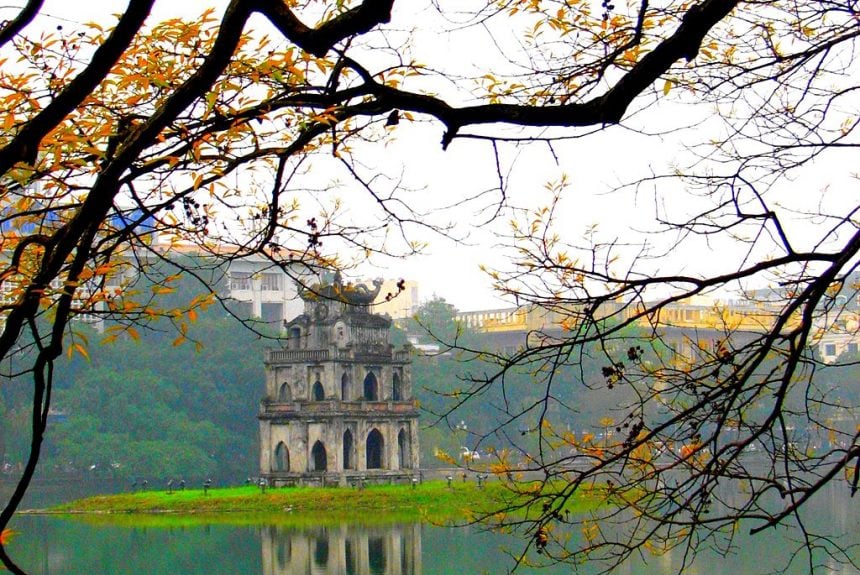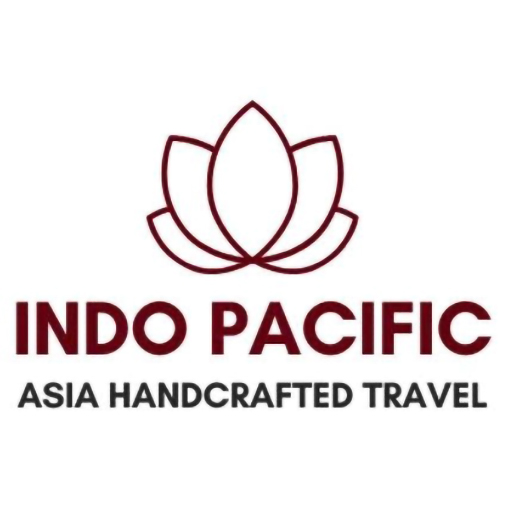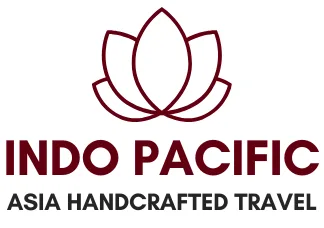Vietnam’s Capital: Things to Know Before Your Departure
Hanoi, the capital of Vietnam, is a city where ancient traditions blend seamlessly with the dynamic pulse of modern life. As the political and cultural heart of the country, Hanoi offers travelers a unique experience shaped by history, culinary richness, and warm local hospitality. Whether this is your first visit or a return journey, understanding what to expect will help you fully embrace the city’s charm.
A City Rooted in Heritage and Resilience
With over a thousand years of history, Hanoi stands among the oldest capitals in Southeast Asia. The city’s historic heart—the Old Quarter—is a maze of narrow streets where time-honored trades still thrive. From sacred temples and ancient pagodas to French colonial architecture, Hanoi is a living museum of the country’s past.
Yet Hanoi is not frozen in time. Trendy cafés, contemporary art spaces, and boutique accommodations now coexist with traditional tea houses and street vendors, reflecting the capital’s evolving identity.
Vietnam offers various visa options depending on your nationality. Many travelers can apply for a convenient e-visa online, while some countries benefit from visa exemption for short-term stays.
Vietnam provides multiple visa options for international travelers. Citizens from over 80 countries can apply for an e-visa online, valid for 30 days. Some nationalities benefit from visa exemptions for short visits. It’s highly recommended to check with the official Vietnamese immigration website or your nearest embassy for the latest information before departure.

Best Time to Visit Hanoi
The most pleasant seasons to explore Hanoi are spring (March to April) and autumn (October to November), when the weather is mild and ideal for outdoor activities. Summers can be hot and humid, with occasional tropical rains, while winters are dry and can get chilly, especially in the early mornings and evenings.

Currency and Spending Tips
Vietnam’s official currency is the Vietnamese Dong (VND), which is commonly used for all transactions throughout the country.. While credit cards are accepted in many hotels, restaurants, and shopping centers, cash remains the preferred method of payment, especially at local markets and street food stalls.
Automated teller machines (ATMs) are readily available across the city, and withdrawing cash is usually straightforward. It’s a good idea to carry smaller bills for convenience, as vendors may not always have change for large denominations.
Getting Around the Capital
Navigating Hanoi is relatively straightforward. Taxis and ride-hailing apps like Grab are affordable and widely used. Exploring the Old Quarter on foot is highly recommended, as it allows you to soak in the local atmosphere. Public buses are available but may be difficult to navigate for first-time visitors due to limited English signage.

Highlights You Shouldn’t Miss
- The Old Quarter: A bustling hub of traditional crafts, local eateries, and historical charm.
- Hoan Kiem Lake: A peaceful spot in the city center, perfect for early morning walks or evening strolls.
- Ho Chi Minh Mausoleum stands as a solemn and powerful tribute to the revolutionary leader and founding father of modern Vietnam.
- Temple of Literature: Vietnam’s first national university and a tribute to Confucian scholarship.
- Vietnam Museum of Ethnology: A fascinating look into the cultures and traditions of Vietnam’s 54 ethnic groups.
Hanoi’s Flavorful Street Food
Hanoi is celebrated for its vibrant and diverse street food culture. Some must-try dishes include:
- Pho: Hanoi’s iconic beef or chicken noodle soup, typically enjoyed at breakfast.
- Bun Cha: Grilled pork served with rice noodles and fresh herbs in a flavorful dipping sauce.
- Cha Ca: A traditional fish dish marinated in turmeric and served with dill and noodles.
- Egg Coffee: A creamy and rich coffee topped with whipped egg yolk, unique to Hanoi.
Local food is not only delicious but also affordable, making street-side eateries the ideal way to taste authentic Hanoi flavors.
Vietnamese people value respect, particularly in social interactions and when addressing elders. Dress modestly when visiting religious sites, and always remove your shoes before entering temples or private homes. While English is spoken in most tourist areas, learning a few Vietnamese greetings or polite phrases is appreciated and often reciprocated with a smile.
Safety and Practical Advice
Hanoi is generally regarded as a safe and welcoming destination for international travelers, with a low incidence of serious crime. Violent crime is rare, and the city maintains a welcoming atmosphere for tourists. However, minor theft such as pickpocketing may occasionally occur in crowded areas, so it’s wise to keep personal belongings secure.
Tap water in Hanoi is not potable; visitors are advised to drink bottled or filtered water during their stay. Visitors should opt for bottled water, which is widely available and inexpensive. Also, consider carrying hand sanitizer and insect repellent if you plan to spend time outdoors.
Final Thoughts
Hanoi is a city of contrasts—where serene lakes meet vibrant markets, where ancient pagodas sit beside modern skyscrapers. Beyond its historical monuments and rich cuisine, the true essence of Hanoi lies in its people, their stories, and the enduring spirit of the city.
Before you arrive, prepare for a journey that goes beyond sightseeing. Hanoi offers a deep, immersive experience that leaves lasting impressions on all who visit.





